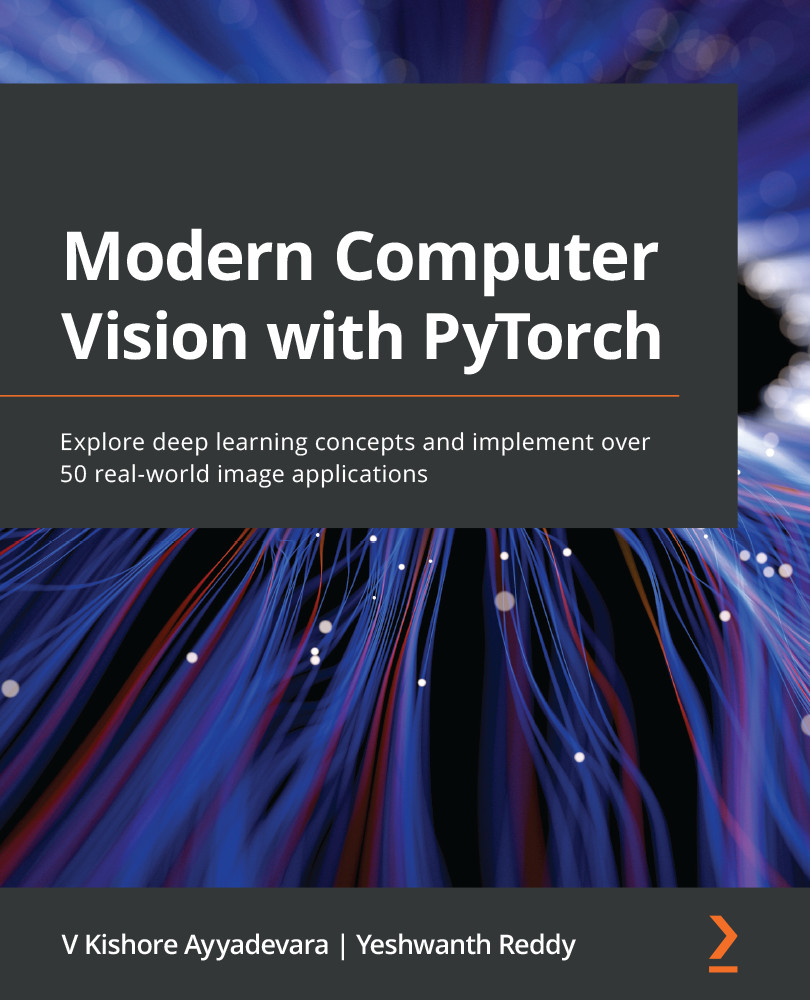So far, in previous chapters, we have learned about leveraging various techniques to perform object classification, localization, and segmentation, as well as generating images. While all these techniques leverage deep learning to solve tasks, for relatively simple and well-defined tasks, we can leverage specific functionalities provided in the OpenCV package. For example, we don't need YOLO if the object that needs to be detected is always the same object with the same background. In cases where images come from a constrained environment, there is a high chance that one of the OpenCV utilities can help solve the problem to a large extent.
We are going to cover only a few use cases in this chapter as there are just so many utilities to cover that it would warrant a separate book focusing on OpenCV. In doing word detection, you will...


